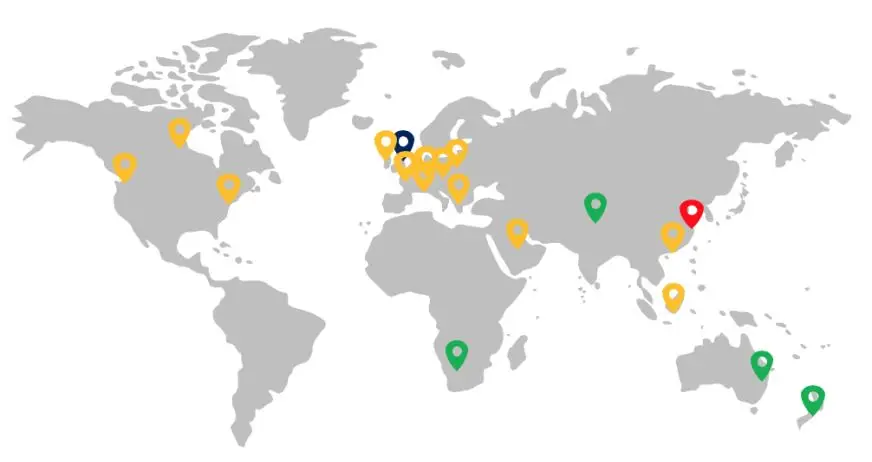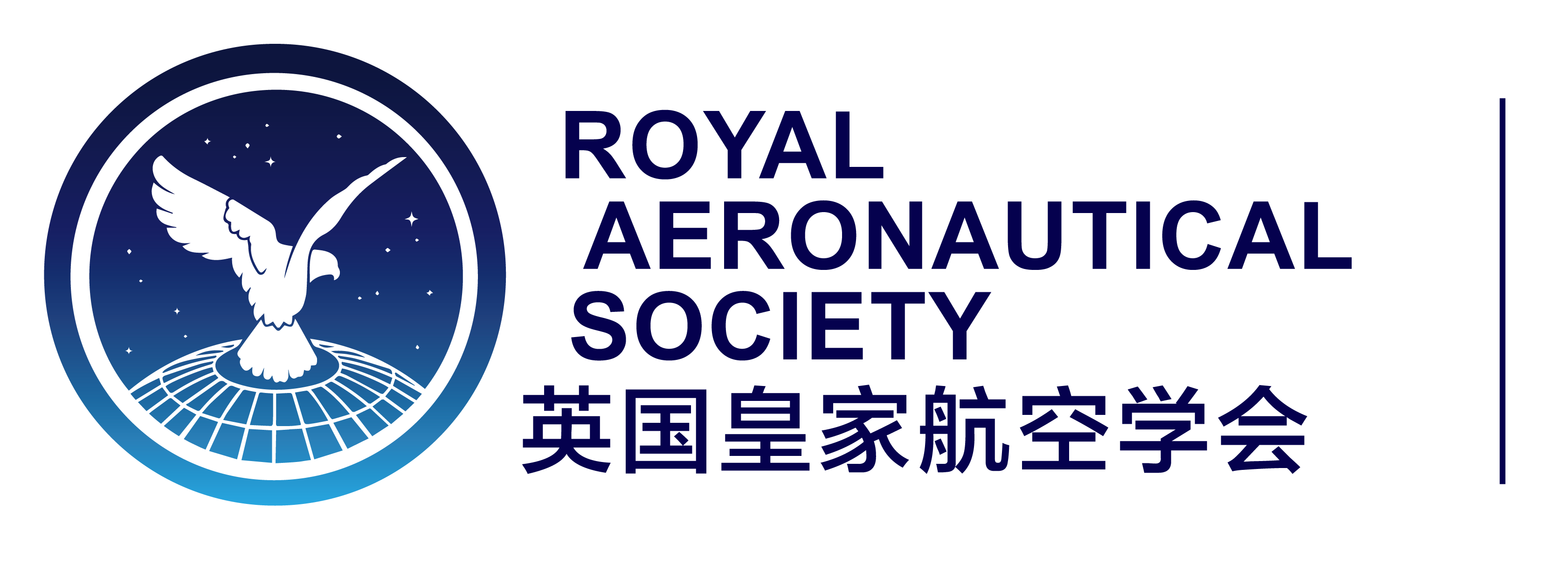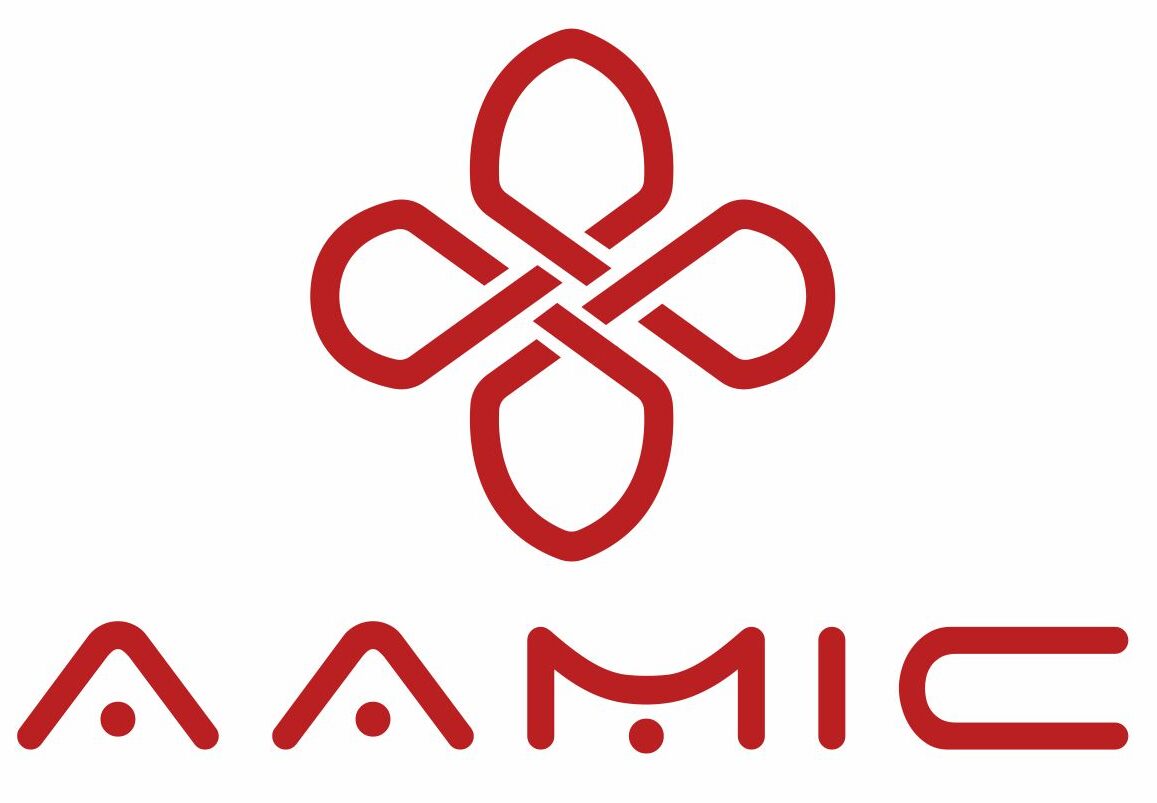About Us|RAeS Royal Aeronautical Society
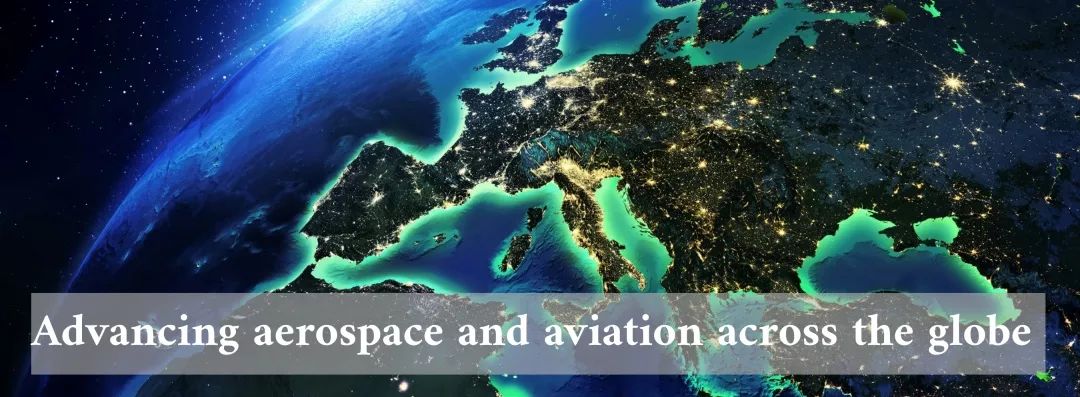
The Royal Aeronautical Society was founded in 1866 in London, England. It is the world's oldest and most internationally influential professional society for aviation and aerospace, dedicated to the popularization and development of aerospace knowledge and technology on a global scale.
The nature of the society is a non-profit academic professional organization, established and governed under the British Royal Charter system (i.e. an institution established with the authorization of the British royal family, other institutions that have obtained the Royal Charter include the University of Cambridge in the UK). The Queen of England is the main sponsor of the society.
The Society has a Board of Governors and three Boards of Directors, each of which includes its own independent Board of Governors and Supervisors.
The Academic Council is responsible for all academic-related work, including daily professional seminars of the Society's professional branches, editing the content of the Society's academic journals, managing the collection of the British National Aviation Library, regularly organizing academic activities, and other international academic seminars and exchange activities.
The Membership Council is responsible for all membership-related matters, managing the development and management of all chapters around the world, and the development of other members and corporate members.
The Professional Council is responsible for all matters related to the professional qualification certification of members, members' career development and continuing professional training, the certification of relevant aviation college courses, professional docking with the British Academy of Engineering and the European Academy of Engineering, and the review and formulation of aviation professional awards.
There are 23 professional chapters in the society, each with its own professional expert network and activity platform.
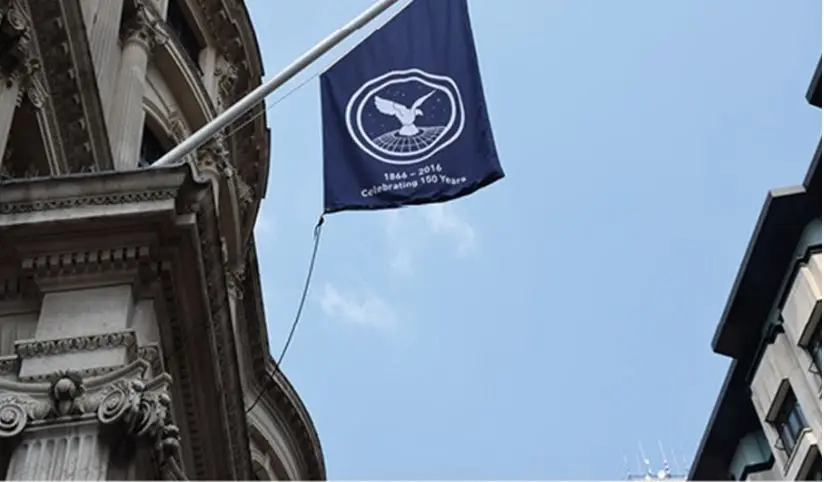

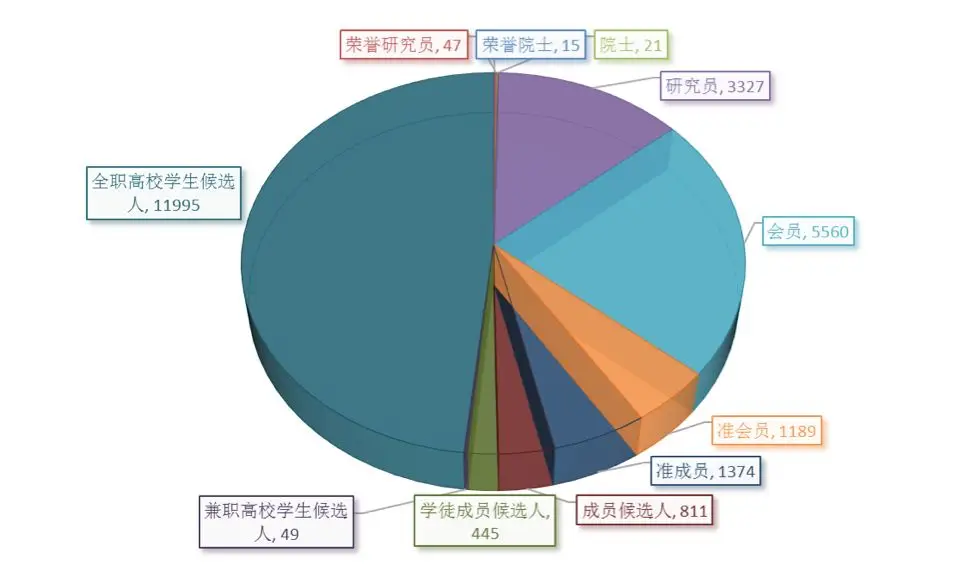
The society has nearly 25,000 members worldwide.
Student members are students who are currently studying in aerospace engineering colleges and universities that have been accredited by the Society. The Society's accredited aviation courses include nearly 70 colleges and universities and nearly 300 undergraduate and graduate degree programs. These include the world's top aviation schools such as:
• Cambridge University – University of Cambridge, UK
•Imperial College London – Imperial College London
The Society provides professional qualifications and certification for professionals working in the field of aviation technology. The following two titles are recognized by the British Academy of Engineering and the European Academy of Engineering:
•Chartered Engineer (CEng) – Senior registered engineer •Incorporated Engineer (IEng) – Registered engineer
The society has nearly 300 of the world's top aviation companies and research institutions as members.
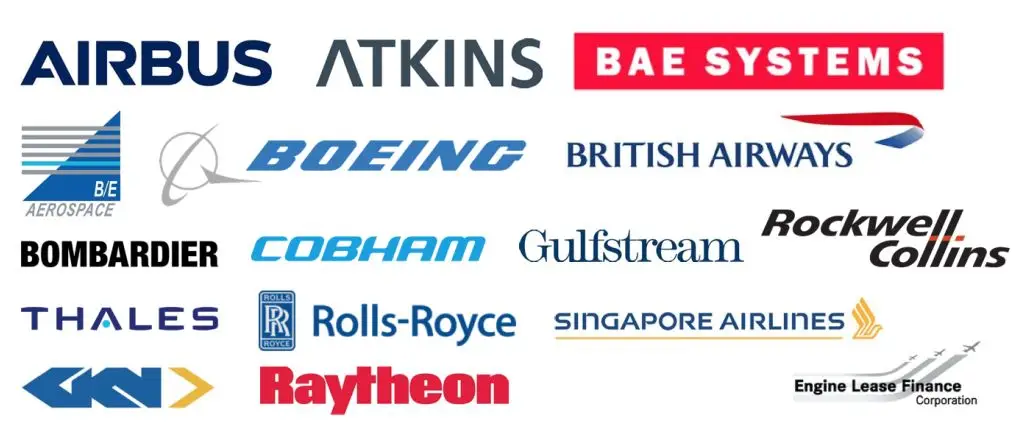
The Society has two important journals:
The Aeronautical Journal
•The world's oldest and still published mainstream aviation academic journal
• Now co-published with Cambridge Publishing House, UK
•The journal content includes aviation theory research, academic research results and industry cutting-edge research directions
Journal of Aeronautical History
• History of aviation • Evolution of aviation engineering and technology
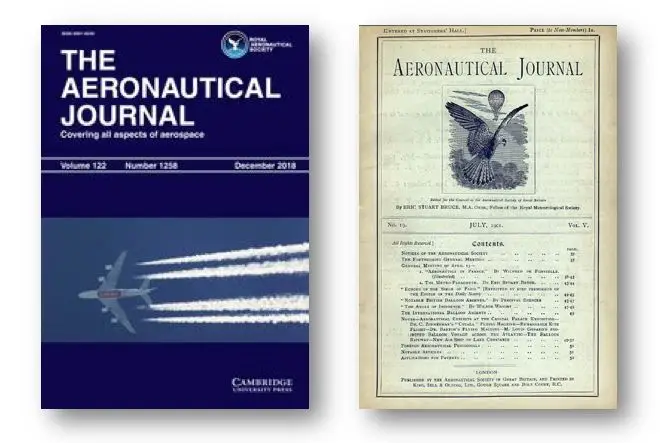
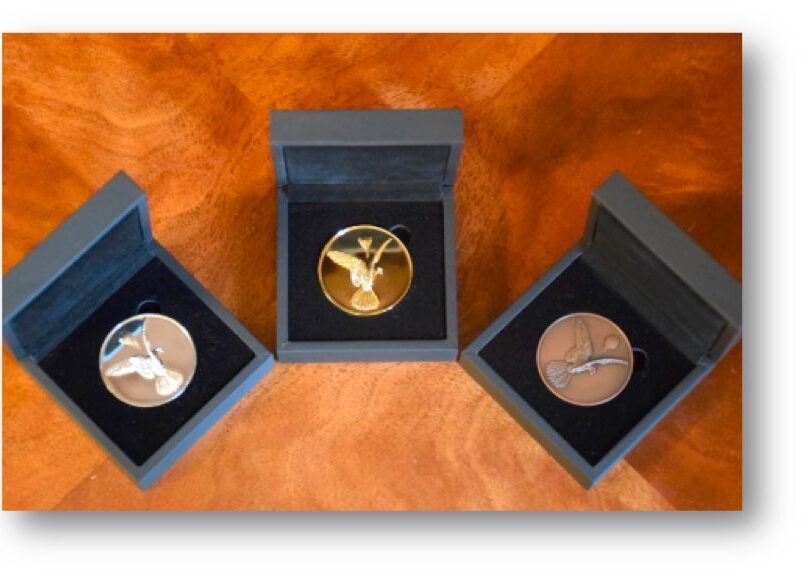
In addition to professional awards, the Society awards important Royal Aeronautical Society individual gold, silver and bronze medals and Royal Aeronautical Society team gold, silver and bronze medals every year. This award has been awarded since the establishment of the Society. Famous winners in the aviation industry in history include:
1909 - Wilbur and Orville Wright, inventors of the first airplane
1910 - Octave Chanute, inventor of the first glider
1945 - Air Chief Frank Whittle, father of the jet engine
1950 - Sir Geoffrey de Havilland, renowned aviator and aeronautical engineer, inventor of the Mosquito fighter
1955 - Ernest Hives, 1st Baron Hives, famous aircraft engine inventor – Merlin engine used by British Spitfire fighter in World War II
1958 - Sydney Camm
1959 - Marcel Dassault, famous French aeronautical engineer
1960 - Sir Frederick Handley Page
1977 - George Lee
1983 - Geoffrey Lilley
1993 - Reimar Horten
2012 - Elon Musk, founder of Tesla and SpaceX
The Royal Aeronautical Society is an important core member of the International Scientific Committee of Aeronautics and the European Federation of Aeronautical Sciences.
The international aeronautical societies and organizations that have signed strategic exchange cooperation agreements with the Royal Aeronautical Society include (partially):
•Aeronautical Society of India
•Aerospace Australia
• African Business Aviation Association
•American Institute of Aeronautics and Astronautics
•Asia Business Aviation Association
•British Business and General Aviation Association
• Civil Aviation Safety Authority Australia
•European Space Agency •Federal Aviation Authority
•European Business Aviation Association
•Middle East Airlines Association
• Chinese Society of Aeronautics (signed during the 2018 Zhuhai Air Show)
•Shanghai Society of Aeronautics (signed in July 2019)
The UK headquarters includes chapters in 36 cities in the UK, and the international branch includes 4 regional chapters and 67 international local chapters.
Local chapters include: Brussels, Belgium, Cyprus, Dublin, Ireland, Hamburg, Munich, Germany, Montreal, Canada, Seattle, Washington, United Arab Emirates, Singapore, Paris, Toulouse, France, and Hong Kong, China.
The regional chapters include Australia, New Zealand, South Africa and Pakistan. The regional chapters include multiple local chapters.
The Society officially established a representative office in Shanghai in March 2020. The Royal Aeronautical Society is the first overseas non-governmental organization in science and technology to be established in Shanghai, with the Shanghai Municipal Science and Technology Commission as its business supervisory unit.
